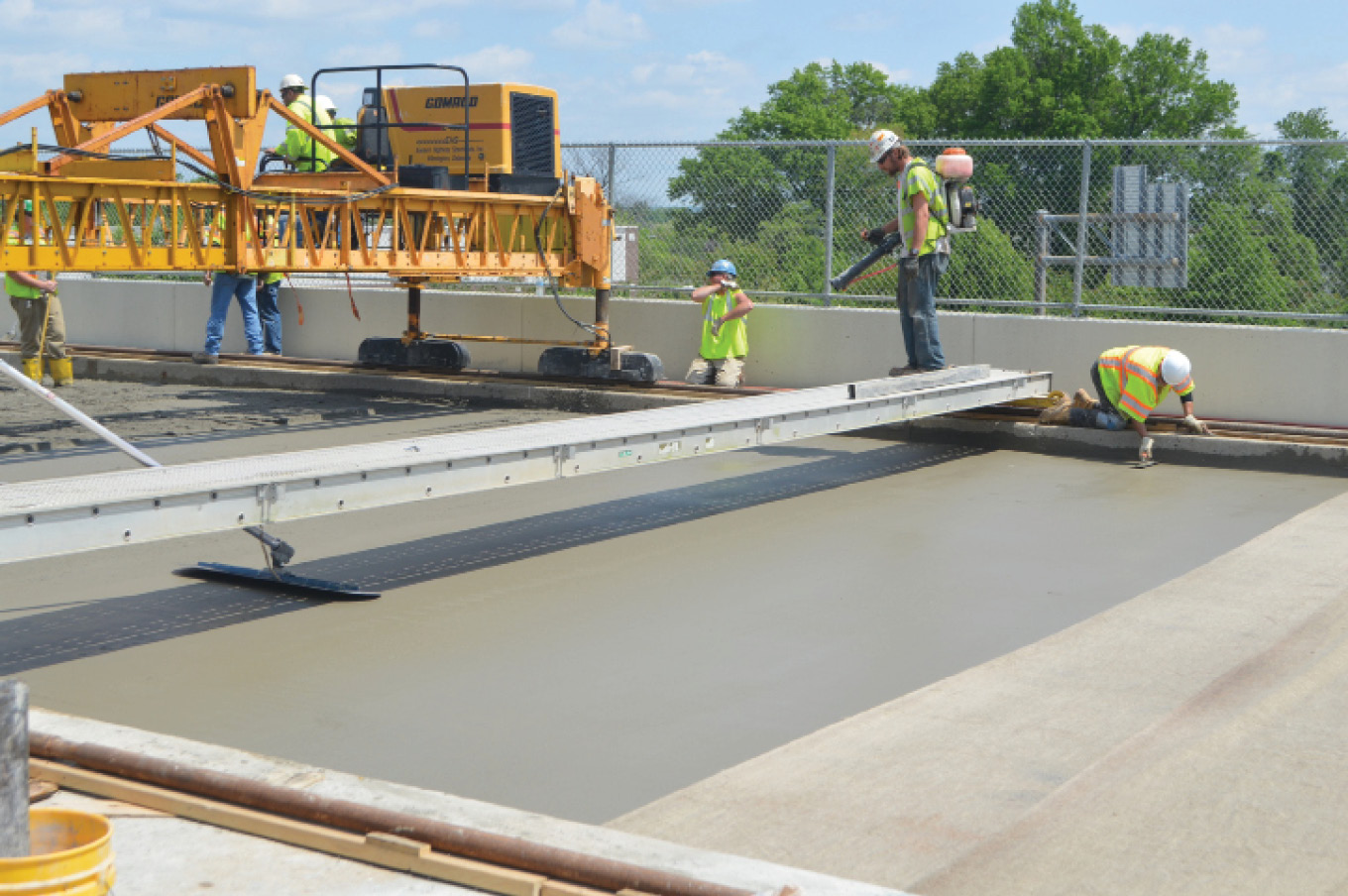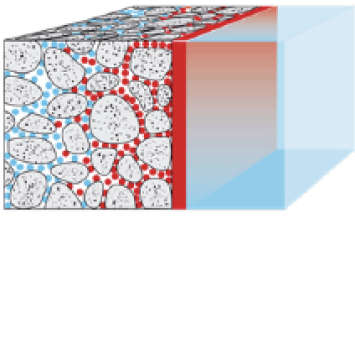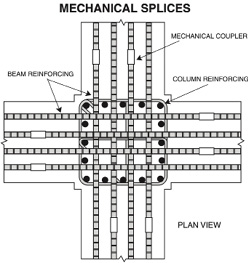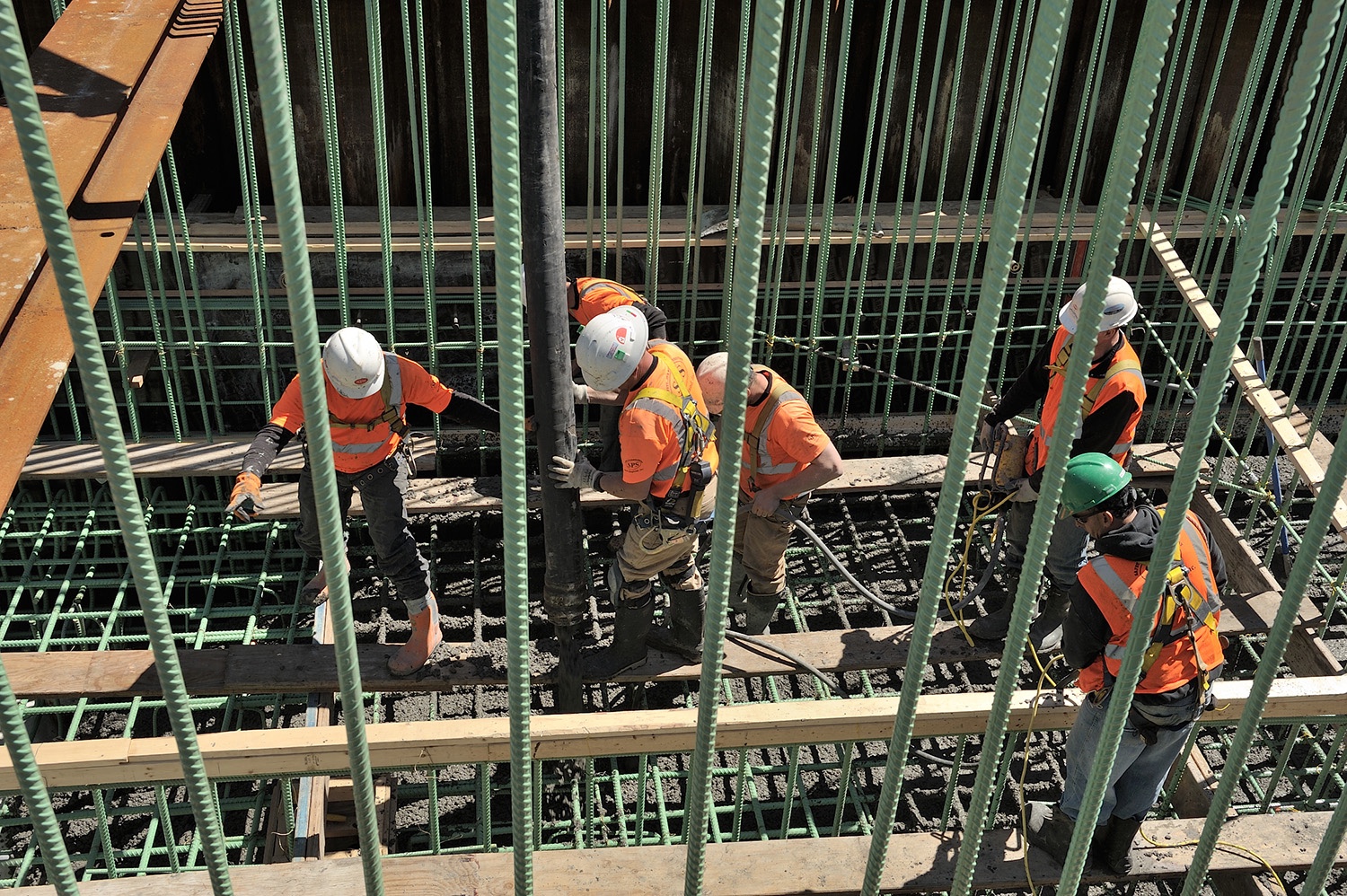Crews from New Jersey-based UHPC Solutions North America closed out 2023 placing Holcim Ductal ultra-high performance concrete on the third and final phase of a 14-month, 5,000-yd. deck rehabilitation for the two-mile Delaware Memorial Bridge. In partnership with UHPC Solutions and Ductal US officials, a technical team from Saint-Gobain Construction Chemicals’ Chryso and GCP brands helped identify high-range water reducers…
Read MoreCategory: TECHNICAL TALK
A brief history of Environmental Product Declarations and the arrival of EPD 3.0
Increasing demand for low carbon concrete, transparency, and digitization are driving a radical transformation in how EPDs are developed and used. Industry demand for low carbon concrete and the critical need to measure reduced carbon metrics are driving radical change in the concrete industry, which increases monthly with new legislation, investor and commercial demand influencing construction materials production and specifications.…
Read MoreASTM Advances Sustainable Non-Hydraulic Cements
ASTM C01 Committee on Cement recently approved the first standards addressing non-hydraulic cements and specifically, cements that require carbonation curing. With almost several years in the making, ASTM C1905, Specification for Cements that Require Carbonation Curing and ASTM C1910, Standard Test Methods for Cements that Require Carbonation Curing set the requirements for specifying these unique cements. Approval emerged from Committee…
Read MoreMIT CSHub professor encapsulates concrete carbon uptake principles
The process by which cement-based products sequester carbon dioxide is key to understanding the life cycle impacts of the world’s most widely subscribed building material. In a three-point question & answer sequence, Massachusetts Institute of Technology Concrete Sustainability Hub Deputy Director Hessam AzariJafari describes how CO2 uptake is a key lever in the concrete industry realizing carbon neutrality: What is…
Read MoreAdmixtures help pave the way to longer-lasting bridge decks
Thousands of bridges across the country need repair and modernization, with the impact on the economy going way beyond the cost of reconstruction, particularly for the supply chain. These blockages have cost hundreds of millions of hours of productivity from trucks idling in traffic when bridges fail or while road crews are working on them. Aging bridges are part of…
Read MoreThree ways to protect concrete from a natural enemy: Water
Concrete has been used as a strong, durable building material for thousands of years, dating back to ancient structures that are still standing to this day. Yet, it has one fundamental enemy it can’t escape—water. As an uptick in humidity and rainstorms wash across many regions throughout much of the calendar, water infiltration can lead to issues such as below-grade…
Read MoreBuilding Energy Efficiency in Roofing and Walls
According to the Department of Energy (DOE) Office of Energy Efficiency and Renewable Energy, homes and commercial buildings consume 40 percent of the energy used in the United States. The average American spends at least $2,000 annually paying for energy, with about $200 to $400 of that bill going towards regulating temperatures caused by drafts, air leaks around openings and…
Read MoreTackling High-rise Concrete Construction Challenges
As architects design new high-rise buildings taller and with more complexity, producers are challenged to deliver ready-mix concrete that can be pumped, placed, and finished effectively for these structures. High-rise buildings (defined as those that are 75 feet or higher from the lowest level of fire department vehicle access to the floor of highest occupiable space) typically require higher strength…
Read MoreCritical ACI 318-19 Code changes streamline reinforced concrete structure design
By Lou Colarusso and Samuel Barker Throughout the past decade, committee members and key industry players attending meetings held by leading organizations [Concrete Reinforcing Steel Institute (CRSI), American Concrete Institute (ACI) and others] frequently engaged in unofficial discussions centered around what changes needed to be made to advance the reinforced concrete construction industry and to improve constructability and job site…
Read MoreCold weather concreting essential: Monitoring mix temperature
When placing in cold weather, extra precautions must be taken to ensure concrete sets properly and gains adequate strength. The Transtec Group, Texas-based concrete pavement practitioner, notes how the first few days after placement are the most important because that is when cement hydration reaction proceeds the fastest and concrete gains most of its compressive strength. However, cold conditions slow the hydration process, meaning that concrete placed in low temperatures gains less strength than the same mix in warmer temperatures during the same length of time. If the water in the concrete mix freezes, the hydration process stops completely. Even if it thaws, strength gain may not recover.
Read More




